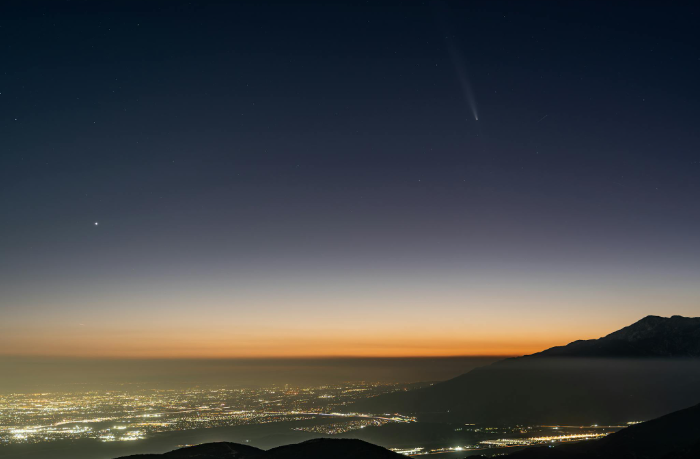The Cosmic Wanderer: Unlocking the Secrets of 3i-ATLAS
A deep-space traveler from another star system, the comet 3i/ATLAS, provides a rare window into the universe's farthest reaches. Learn what this celestial visitor reveals about our galaxy.
The cosmos is a stage for a perpetual ballet of celestial bodies, but some performers are more exotic than others. One such performer is 3i/ATLAS, a comet that is not from our solar system. This interstellar visitor is offering astronomers a rare and invaluable opportunity to study an object that has spent billions of years journeying through the cold vacuum of space, far from any star. Its passage through our cosmic neighborhood is a landmark event, providing clues about the distant star systems from which it originated.
A New Class of VisitorsThe discovery of 3i/ATLAS is a testament to the power of modern astronomical technology. First spotted by a network of ground-based telescopes, the comet was quickly identified as an interstellar object. Its path through space is not the typical elliptical orbit of a solar system resident, but rather a hyperbolic trajectory, meaning it is simply passing through on its way to another part of the galaxy. This makes it only the third confirmed object of its kind to be observed, solidifying a new field of study focused on these cosmic wanderers.
The Journey of a LifetimeWhat makes 3i/ATLAS so captivating is its story. It is a time capsule from another star system, carrying with it a pristine record of its birthplace. Astronomers believe it may have been ejected from a distant planetary system during its early formation, a long-lost relic that has been drifting between stars ever since.
Initial observations have revealed a fascinating paradox: the comet's behavior is remarkably similar to that of our own solar system's comets, even as it travels at immense speeds. It is shedding dust and forming a glowing coma, much like a local comet would. This suggests that the fundamental processes governing comet activity might be universal, regardless of where they are born.
A Glimpse into the FutureAs 3i/ATLAS makes its closest approach to the sun, a global network of telescopes is focused on collecting as much data as possible. These observations will allow scientists to analyze its chemical makeup, giving them a taste of the raw materials that formed another star system. The data gathered from this single visitor could reshape our understanding of how planetary systems evolve and what materials they are made of.
The discovery of 3i/ATLAS heralds a new era of interstellar object detection. With next-generation observatories coming online, the number of these sightings is expected to increase dramatically. Each new discovery will provide an opportunity to study a unique piece of the interstellar medium, gradually filling in the gaps in our knowledge of the wider universe and our place within it.
The Cosmic Wanderer: Unlocking the Secrets of 3i-ATLAS
